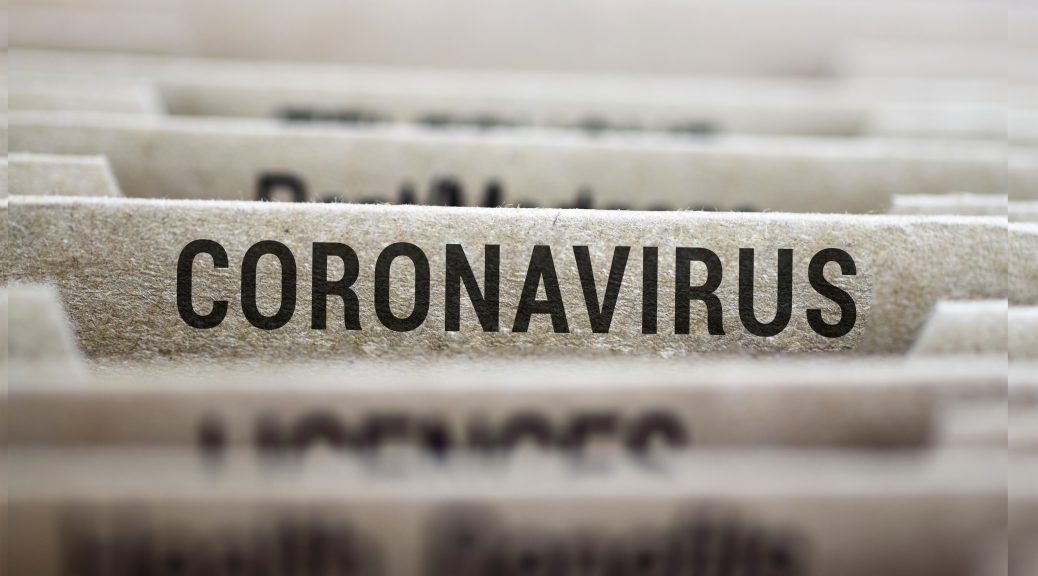
As we take our precautions and wait for the World Health Organization (WHO) and the U.S. Centers for Disease Control and Prevention (CDC) to declare COVID-19 a pandemic, now might be a good time to breathe and think about what this outbreak and other perils in the news can teach us about how we think about risk.
COVID-19 has spread far beyond its origins in China. People worldwide have been infected. Many in China and some beyond have died.
In addition to the human toll, concerns exist about disruptions to global supply chains, economic systems, and markets.
Nothing I’m about to say should be read as minimizing these dangers.
Not our first outbreak
But this isn’t the first infectious outbreak we’ve faced, and it won’t be the last. With people and products traveling the world and economies increasingly interconnected, disease transmission and commercial disruption related to it are inevitable.
How we handle them will be predicated upon how we think about risk.
At this writing, there are 60 cases of COVID-19 in the United States – none considered “Serious” or “Critical.” There have been no deaths and six recoveries. Compare these numbers with the 280,000 to 500,000 flu hospitalizations and 16,000 to 41,000 flu deaths this year to date, as reported by the CDC.[i]
Americans aren’t panicking about influenza, and the media aren’t giving the flu nearly as much attention as COVID-19. These facts appear to be related. As we previously reported, research suggests public anxiety about potential causes of death correlates with the amount of media play they receive; and the media often underreport threats that are statistically more substantial than dangers they emphasize.
We’re not panicking because we’re familiar with the flu and know the drill: wash your hands frequently; cough into your sleeve; avoid crowds as much as is reasonable.
Good news! Following this advice also helps slow the spread of COVID-19.
If we’re panicking over COVID-19, it’s due largely to the coverage it’s receiving and the fact that markets are reacting dramatically. Our reactions have little to do with the likelihood of our being infected.
Pedestrian dangers
Until WHO and CDC tell us otherwise, do you know what’s more likely to kill you than the coronavirus?
That’s right: An automobile.
According to a report published this week by the Governors Highway Association (GHA), pedestrian auto fatalities in 2019 were at their highest since 1988.
“During the 10-year period of 2009 to 2018,” the report says, “the number of pedestrian fatalities in the U.S. increased by 53 percent, from 4,109 in 2009 to 6,283 in 2018.”
It estimates 6,590 pedestrian fatalities occurred in 2019, the most in more than 30 years.
Possible reasons include smart phone use by pedestrians and drivers; increasing purchases of light trucks and SUVs relative to passenger cars; even more people walking due to warming temperature trends.
As word of this report spreads, don’t expect people to change their phone, car-buying, or walking habits. We accept these risks because we enjoy the freedom and control that goes with making our own decisions. We roll with them because they feel familiar and manageable.
As a colleague expressed it: “That’s why Jaws didn’t scare me. All I had to do to avoid sharks was to stay out of the ocean. Now, Freddy Krueger was another story….”
If you’d like to be better informed about relative mortality risks, the chart below is a good place to start. The list – which represents only accidental deaths – is by no means exhaustive. In fact, a different study, based on data from the same year (2017), found accidental deaths were the third-largest mortality category, after heart disease and cancer.
Close behind accidents were respiratory disease and stroke.

Public anxiety over COVID-19 is due more to media coverage and market reactions than likelihood of infection.
[i] Because influenza surveillance does not capture all cases of flu that occur in the U.S., CDC provides these estimated ranges to better reflect the larger burden of influenza. These estimates are calculated based on CDC’s weekly influenza surveillance data and are preliminary.












